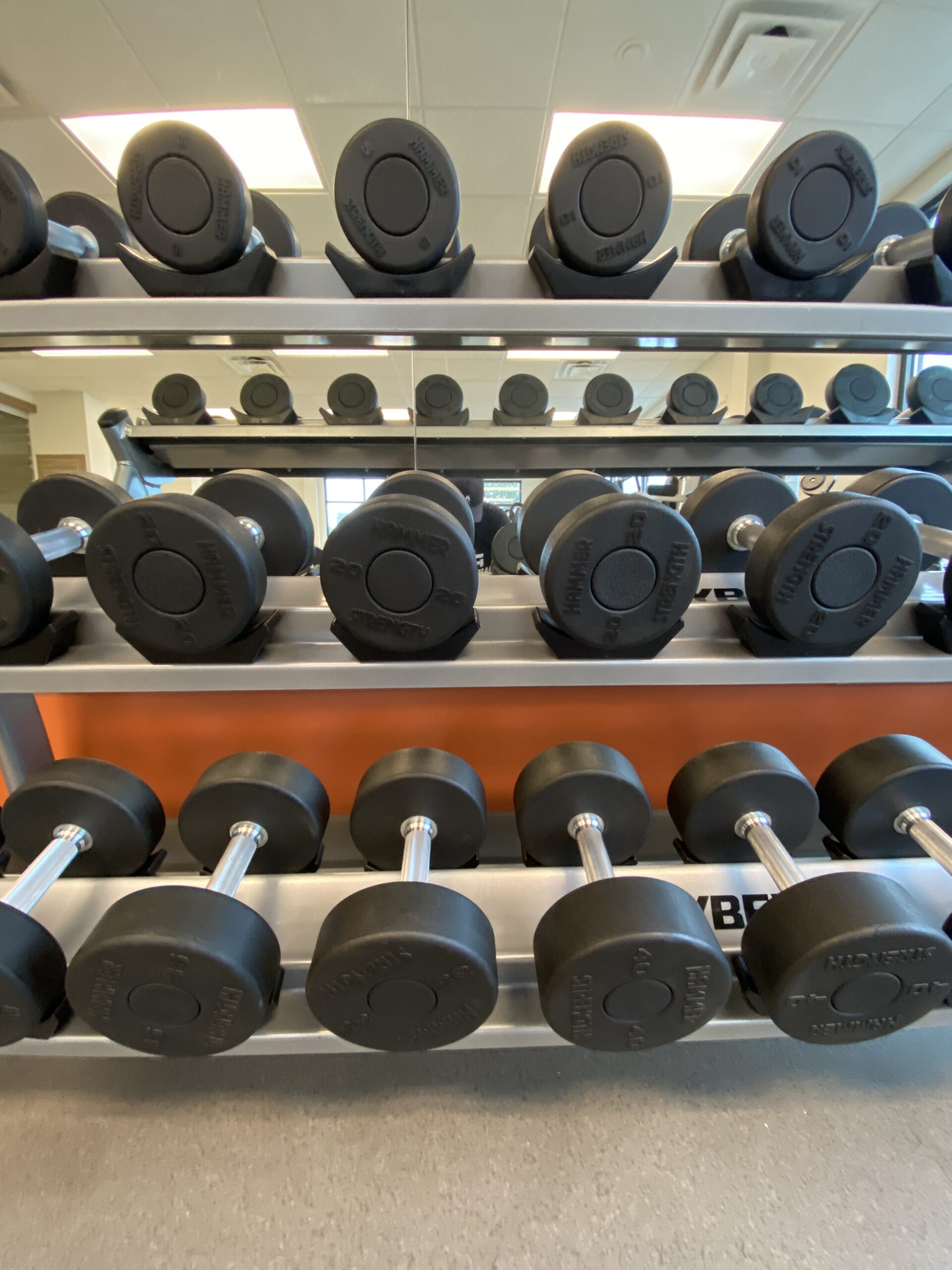Your mindset is the catalyst for physical change.
What you believe about what’s possible, how you order tasks and habits in terms of hierarchical importance, your self-talk, the meaning you give to perceived obstacles, how effectively you manage your emotional state, and how you label yourself (your identity) all contribute to your outcomes.
If you’re not getting the results you want, ask yourself if you believe it’s even possible for you to attain your goal(s).
If you don’t believe it is, then you won’t. Simple as that.
Do you get in all of your planned workouts for the week but splurge and go over your calories on the weekend?
Your nutrition is the main driver of fat loss (being in a consistent calorie deficit), not exercise. Tracking your food intake in an app like MyFitnessPal can be eye opening and it will help you identify where you can improve.

If your workouts are a priority, but your nutrition is random or ignored completely, you can’t expect much in the way of fat loss.
The hierarchy of importance for fat loss looks like this:
1. Nutrition (calorie deficit; adequate protein).
2. Sleep (7-9 hours a night).
3. Strength training (2-5x a week) *This depends on your goals and the time you can allocate to training.
4. Daily steps (Aim for 7,000-10,000 steps a day).
5. High-intensity cardio workouts (1x a week). *This is optional. Cardiovascular exercise is not necessary for fat loss. It is however excellent for heart health.
If the voice in your head is constantly negative, you’re going to struggle with body composition change.
No one shames themselves to success.
This doesn’t mean you won’t get angry or frustrated from time to time, but you can channel those emotions into something productive so you can use them effectively. When anxious or pissed off, take action in the direction of where you ultimately want to be.
Be mindful of what you think and what you say to yourself throughout the day. Is it helping or hurting you?
If you identify as a “fit” person, you will act accordingly. You’re going to eat, sleep and move like a fit person. More of your time will be devoted to healthy behaviors that eventually lead to the outcomes you want.
What does the most fit version of you look, feel and perform like? Visualize this. Journal about it. This blueprint will help guide your habits.
If you’re always pulling memories from the past into the present, those are the labels you will keep until you decide to change the story you tell yourself about who you are, and what you can do.
